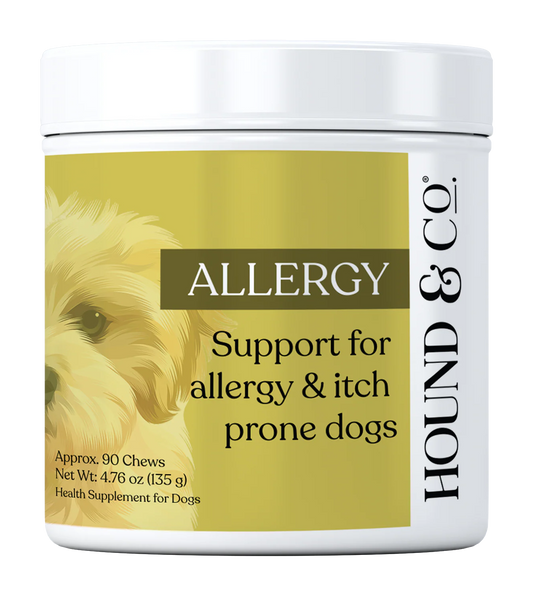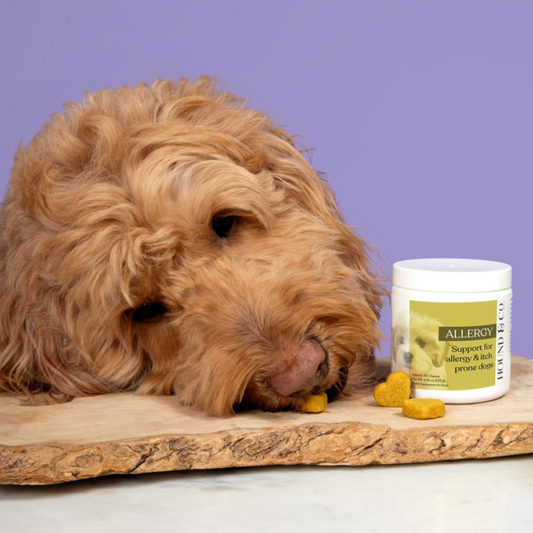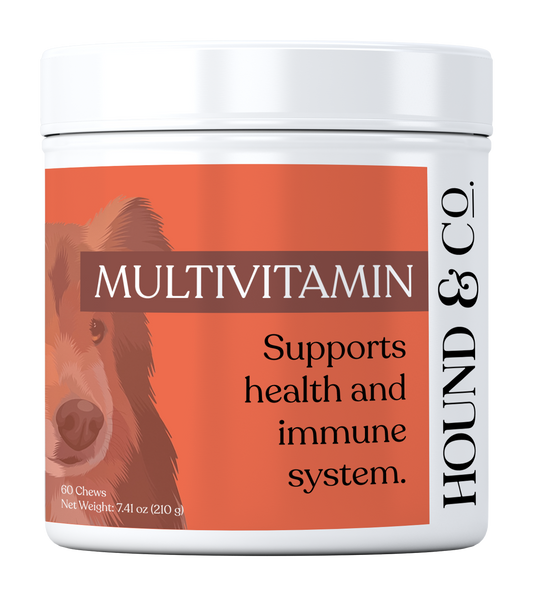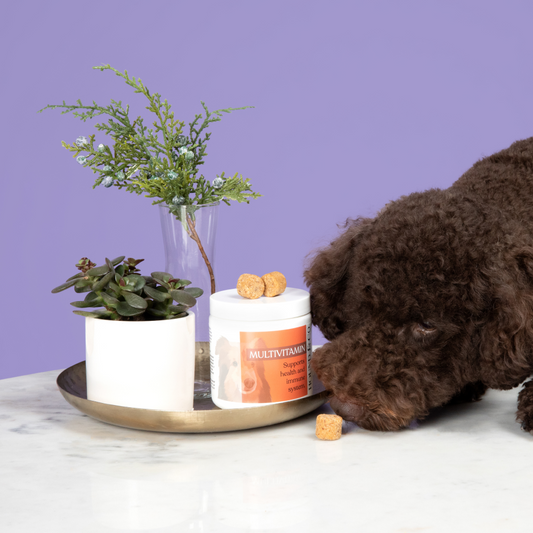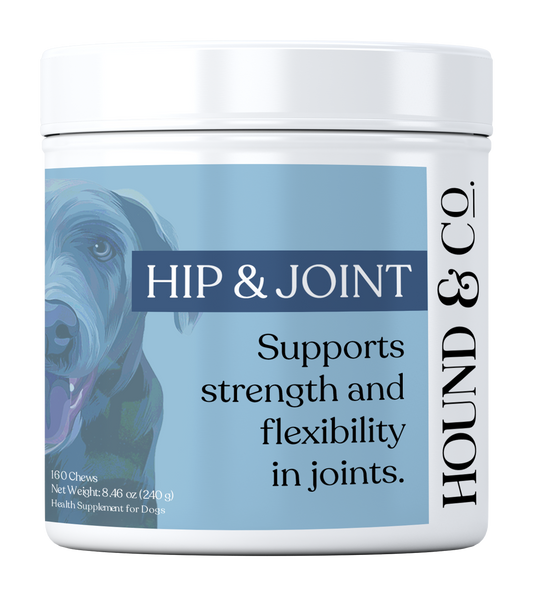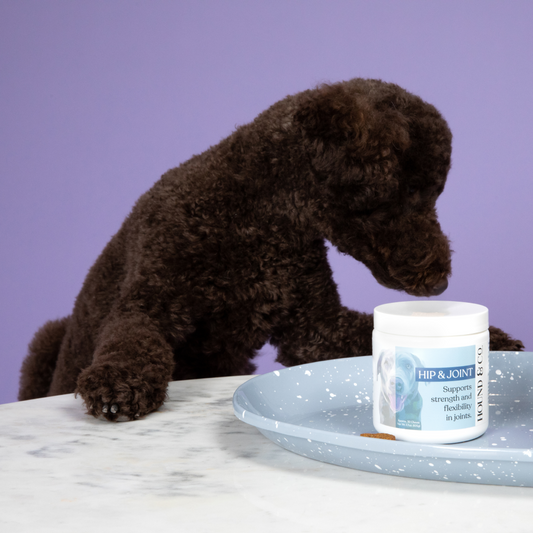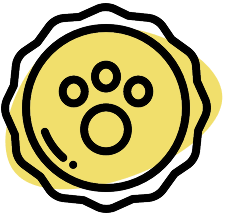How Often Should You Bathe Your Dog? The Real Answer
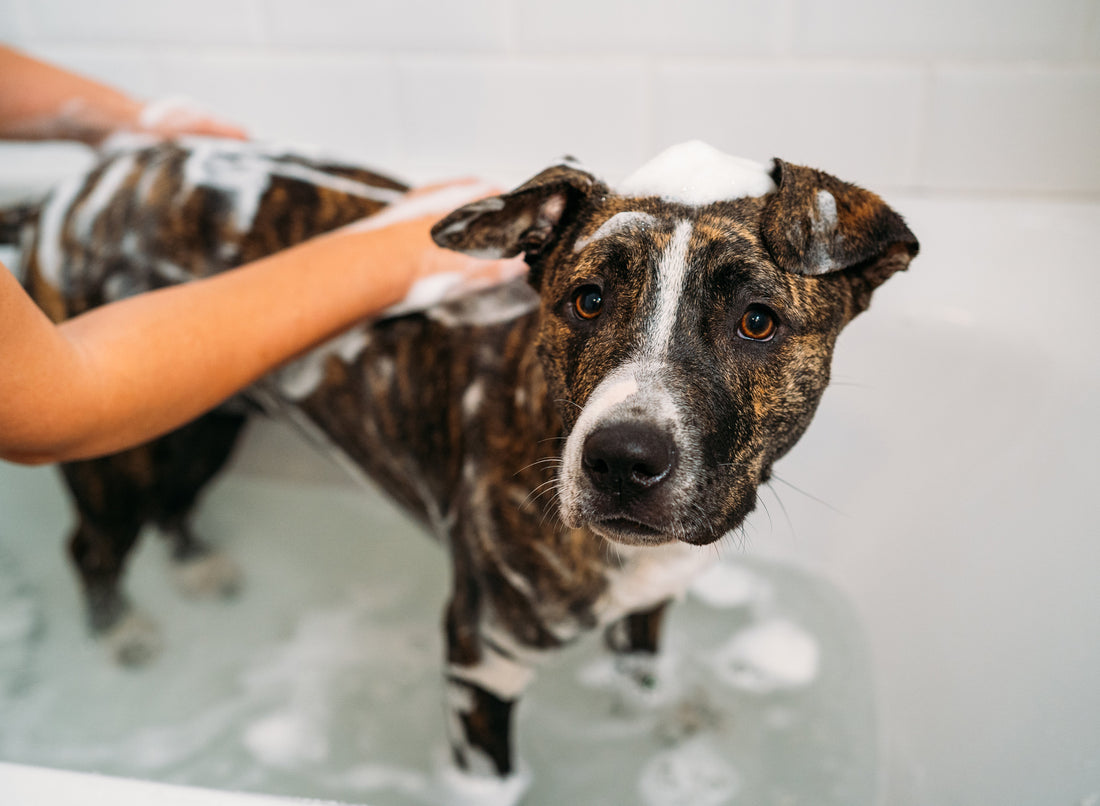
Vet Reviewed by Dr. Jacob Klos, DVM

Why Bathing Matters
Bathing your dog does more than just eliminate that “dog smell.” Regular baths help remove dirt, allergens, excess oil, and bacteria that can lead to skin issues. But it’s also easy to go overboard—especially with well-meaning owners who want their pup to look and feel their best.
What’s the Ideal Bathing Frequency?
There’s no one-size-fits-all answer, but here are general guidelines based on coat type and lifestyle:
- Short-haired, indoor dogs: Every 6–8 weeks
- Long-haired or double-coated breeds: Every 4–6 weeks
- Dogs with oily coats (like Basset Hounds): Every 2–4 weeks
- Dogs with skin allergies or sensitivities: As recommended by your vet (often weekly with medicated shampoo)
- Active outdoor dogs: More frequently, depending on exposure to dirt, mud, or allergens
Always consider your dog’s individual needs. Some dogs need more frequent baths due to skin conditions, while others may go months without needing a full scrub-down.
Signs Your Dog Might Need a Bath
Smell isn't the only indicator. Keep an eye out for:
- Visible dirt or debris in the coat
- Itching, scratching, or licking—especially near paws or belly
- Greasy or dull-looking fur
- Increased shedding or dander
- Red or irritated skin
If your dog has allergies, bathing can actually help by rinsing off allergens like pollen and dust mites that collect on their coat and skin.
What Kind of Shampoo Should You Use?
Choosing the right shampoo is just as important as how often you bathe your dog. Here’s what to look for:
- Fragrance-free or naturally scented (avoid artificial perfumes)
- Oatmeal or aloe-based formulas for sensitive skin
- pH-balanced for dogs (not human shampoo!)
- Medicated shampoos if prescribed by your vet for skin conditions
Always rinse thoroughly. Leftover shampoo can cause itching, irritation, and dryness—exactly what you're trying to avoid!
Don’t Forget the Drying Step
After bathing, towel-dry your dog thoroughly and use a pet-safe blow dryer on a low setting if needed. Make sure their ears and undercoat are completely dry to prevent bacterial or fungal buildup—especially in dogs with floppy ears or thick fur.
Final Thoughts
Bathing your dog is an important part of keeping their skin, coat, and immune system healthy. By finding the right frequency for your pup’s breed, lifestyle, and needs—and using gentle, dog-specific products—you’ll help prevent itching, dryness, and unwanted odors.
And remember: when in doubt, consult your vet—especially if your dog is experiencing chronic skin issues, irritation, or increased scratching.
Happy bathing!



